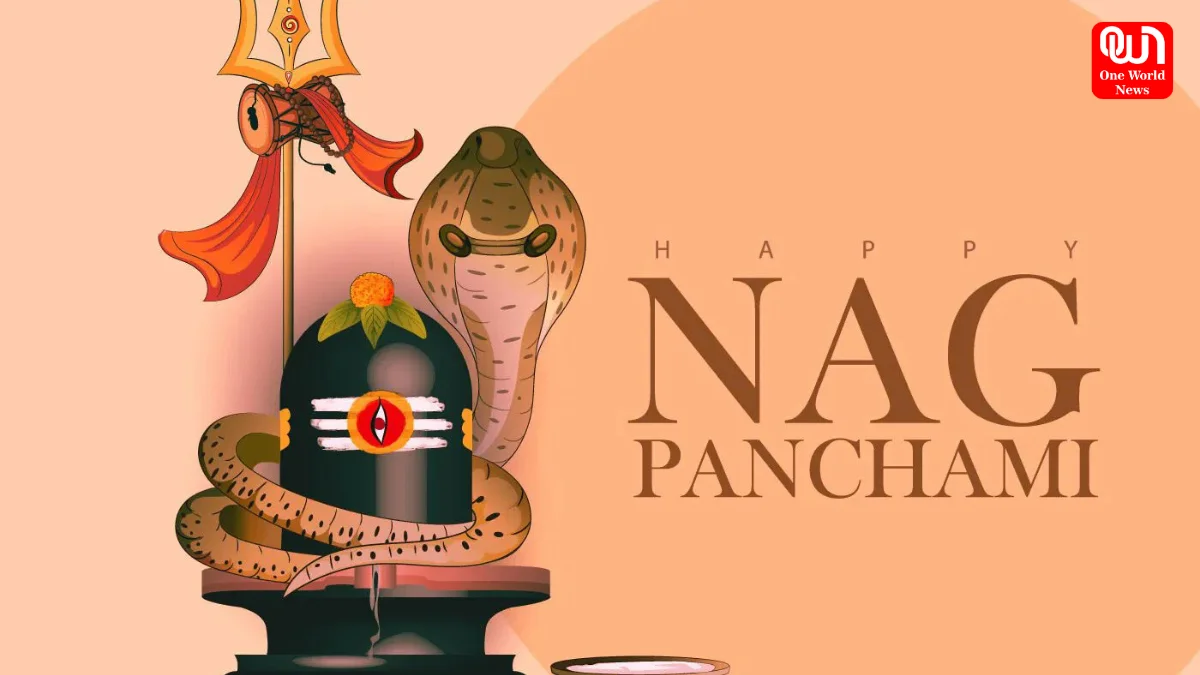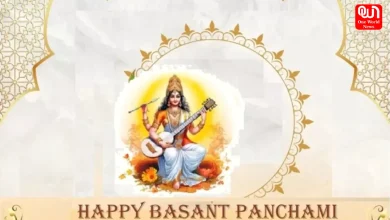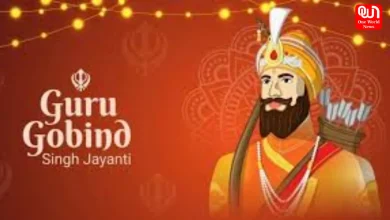Nag Panchami 2025: Significance, Rituals, and Spiritual Beliefs Explained
Nag Panchami is one of the most important Hindu fairs that celebrates the worship of serpents, and these serpents are called as Nagas.
Nag Panchami: Serpents Honored, Blessings Sought, Protection Prayed
Nag Panchami is one of the most important Hindu fairs that celebrates the worship of serpents, and these serpents are called as Nagas. It is an ancient festival that is widely celebrated in India and is basely found in the Indian myths, culture, and an in-depth understanding of nature as observed in the fifth lunar day of Shravana where the bright half of the moon usually occurs during the month of July or August.
Snakes have their own distinctive and kind of respected status in Hindu culture and there are different gods of Hinduism such as Lord Shiva who wears snake around his neck as a symbol of controlling all the fears and temptations. Nagas are also thought to be custodians of loot, fertility and underworld. Nag Panchami festival is thus being practiced in honor and seeking shelter of these mystic creatures that will protect them, bring prosperity and well-being to them.
During this auspicious day, worshipers undertake different rituals. The main thing is that we provide milk, sweets, flowers and lamps to the deities of snakes and these can be the idols of silver, stone, wood or even the drawn images on the walls. Live snakes (especially cobras) are also worshipped in certain areas, especially with the help of snake charmers, but moral standards concerning such a tradition have been rising over time. These milk-offerings are symbolic of sustenance and respect and they are thought to win the favor of the Nagas so as to prevent any possible danger by snake bites.
Nag Panchami is linked with numerous mythological stories. Among the most prevalent legends is one that it is related to the triumph over the serpent Kaliya, of Lord Krishna, who had poisoned the Yamuna River.
Krishna conquered Kaliya and rescued people of Vrindavan. Destruction of evil on Nag Panchami is usually remembered as a triumph of the good over the evil. The other important thing about the festival is its relation with the goddess Manasa Devi, the Hindu goddess of snake, who is worshipped especially in the Eastern parts of India. The worshippers ask her to protect them against snake bite and the well being of their families.
In addition to its religious importance, Nag Panchami also represents the interconnectedness of humanity with the natural world. In recognizing the need for respect toward all living beings and the world around us, Nag Panchami provides us with many opportunities to celebrate the day joyfully and spiritually. We refrain from digging or scraping the soil on this day in case we disturb a snake that lives underground. On this day, many women pray for the health and safety of brothers against snakebite. This is called Bhratru Panchami, which emphasizes the importance of family.
Read More: Mahashivratri’s Mahasnan: A Sea of Devotion at Triveni Sangam
Ultimately, Nag Panchami is one of the most loud and colorful festivals we have, and the festival fits into the overall idea of how we in India respect the multiple forms life takes.
We’re now on WhatsApp. Click to join.
Like this post?
Register at One World News to never miss out on videos, celeb interviews, and best reads.








